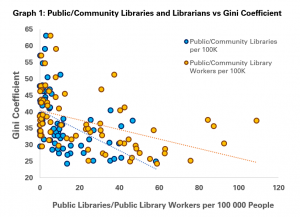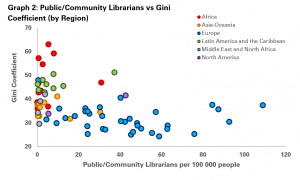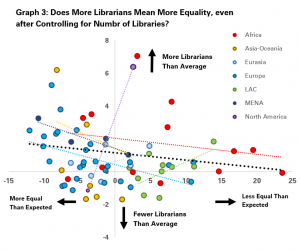Europe Day marks the anniversary of the 1950 speech by Robert Schuman, then Foreign Minister of France, proposing closer cooperation between the countries of Europe in the management of their coal and steel markets.
This is often seen as a key starting point in the process of European integration, which has led to the 27-member European Union that exists today.
Like many of the other institutions and initiatives that emerged in the year after the World War II, the European project was built on a sense of the need to do things differently. The goal was not only in order to return to the pre-war order, as if nothing had happened, but to create a new model, to build back better.
Indeed, of all of these initiatives, the European Union we have now is arguably the most extensive, far-reaching example, and has provided a model for efforts in other parts of the world to do the same.
Today – with people and governments starting to focus on how to rebuild after the COVID-19 pandemic – it is worth looking at two similarities with the post-war world that provided the context for the development of the European project. Through this, we can also look at impacts on – and opportunities for – libraries.
A More Connected World:
World War II had a wider reaching impact, arguably, than any previous conflict. With over twice as many civilian casualties as military, it was felt in communities around the world.
It also saw more people move around, by force, for economic reasons, or as part of armies, navies and air-forces. In many societies, it helped build a stronger sense of being part of a wider community. The drivers of the European project built strongly on this, arguing that it could no longer be acceptable to operate with no consideration of, or cooperation with, other countries.
COVID-19 has of course been marked by the opposite in terms of movement. But it has touched communities around the world. It has also seen unprecedented efforts to promote cross-border research and information sharing in order to manage and stem the spread of the pandemic. There is an opportunity now to
For libraries, the value of cooperation has long been clear. IFLA is built on an understanding that we can do more by doing things together, both in terms of improving services and strengthening our voice.
Through cooperation, libraries are also enabling ground-breaking cross-border research which is helping to address global challenges. Libraries also work closely together – nationally, and increasingly internationally, to ensure that more diverse content is available on the internet, to give just two examples.
Libraries are a natural part of a more connected world – one where the potential of information can be realised, and where community can be built, from the local to the global level. This is a role to celebrate and promote.
A Fairer World
In many societies, the shock of the war led to a reconsideration of how much to invest in fairness. Welfare systems were developed in many countries, and new rights granted, not least through the Universal Declaration of Human Rights, and the European Court of Human Rights. The European Union and its predecessors have also played a part, offering rights and protections.
Today, it is clear that some groups have been hit harder than others, either because their living conditions have left them more exposed to the virus, or because they have not had the possibility to continue working, learning and communicating online.
With it clear what impact these inequalities have had, governments – we can hope – will have no excuse not to act. And as our two most recent Library Stats of the Week have underlined, a greater number of libraries and librarians in a society is associated with greater equality.
With a focus on giving all members of society the means of exercising their fundamental rights and improving their lives, libraries have a key role to play in addressing the inequalities highlighted by COVID-19. Access to information can be an equaliser in society, allowing people to seize opportunities, and take advantage of the potential offered by the internet.
As governments look to ensure that no-one is left behind in the recovery from the pandemic, libraries need to be part of the policy mix.
While this year’s Europe Day will not see the celebrations and events that usually take place, current circumstances do allow for comparisons with the situation that led to the European project taking root in the first place.
The sense of shared values and interests, and of the importance of including everything, is as important now as it was in the late 40s. Libraries can help make this a reality.


